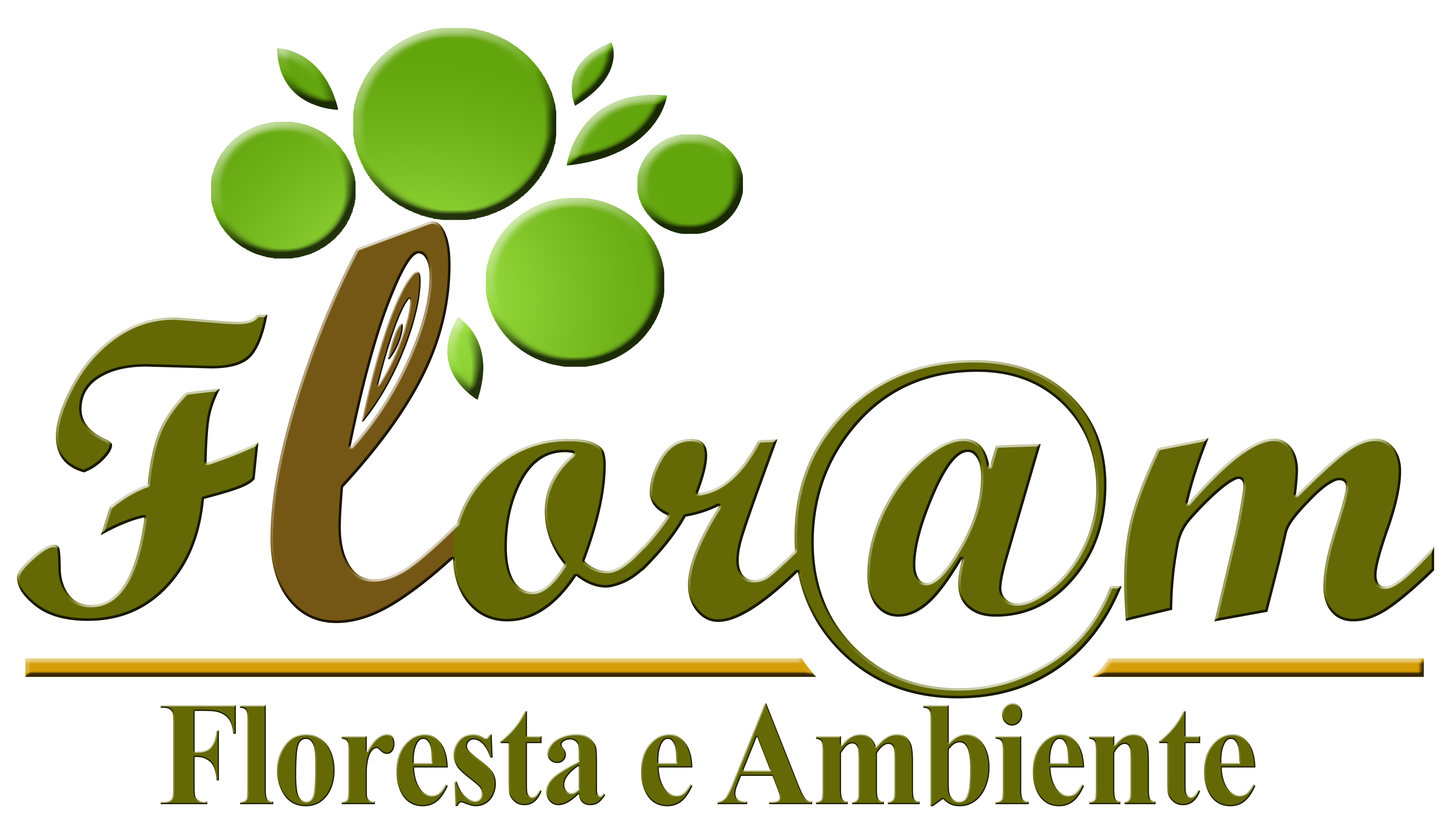Associação Brasileira de Produtores de Florestas Plantadas – ABRAF. Anuário estatístico ABRAF 2013 Ano base 2012. Brasília: ABRAF; 2013.
Barriuso J, Solano BR, Santamaria C, Daza A, Gutiérrez Mañero FJ. Effect of inoculation with putative plant growth-promoting rhizobacteria isolated from Pinus spp. on Pinus pinea growth, mycorrhization and rhizosphere microbial communities. Journal of Applied Microbiology 2008; 105(5): 1298-1309. http://dx.doi.org/10.1111/j.1365-2672.2008.03862.x. PMid:18713291.
Binotto AF. Relação entre variáveis de crescimento e o índice de qualidade de Dickson em mudas de Eucalyptus grandis W. Hill ex Maid e Pinus elliottii var. elliottii – Engelm [dissertação]. Santa Maria: Universidade Federal de Santa Maria; 2007.
Brandão O Jr, Hungria M. Efeito de doses de inoculante turfoso na fixação biológica do nitrogênio pela cultura da soja. Revista Brasileira de Ciência do Solo 2000; 24(3): 527-535. http://dx.doi.org/10.1590/S0100-06832000000300006.
Brunetta JMFC, Alfenas AC, Mafia RG, Gomes JM, Binoti DB, Fonseca EP. Avaliação da especificidade de rizobactérias isoladas de diferentes espécies de Pinus sp. Revista Árvore 2007; 31(6): 1027-1033. http://dx.doi.org/10.1590/S0100-67622007000600007.
Brunetta JMFC, Alfenas AC, Mafia RG, Gomes JM, Binoti DB, Fonseca EP. Isolamento e seleção de rizobactérias promotoras do crescimento de Pinus taeda. Revista Árvore 2010; 34(3): 399-406. http://dx.doi.org/10.1590/S0100-67622010000300003.
Carneiro JGA. Produção e controle de qualidade de mudas florestais . Curitiba: Universidade Federal do Paraná; 1995.
Coelho MH, Kwasniews CM. Aspectos econômicos do reflorestamento de Pinus na pequena propriedade rural: um estudo de caso [online]. In: 4° Encontro de Engenharia e Tecnologia dos Campos Gerais; 2008; Ponta Grossa. Ponta Grossa: Associação dos Engenheiros e Arquitetos de Ponta Grossa. p. 1-12. [cited 2014 Apr 15]. Available from: http:www.4eetcg.uepg.br/oral/47_1.pdf
Dickson A, Leaf AL, Hosner JF. Quality appraisal of white spruce and white pine seedling stock in nurseries. Forestry Chronicle 1960; 36(1): 10-13. http://dx.doi.org/10.5558/tfc36010-1.
Dominguez JA, Martin A, Anriquez A, Albanesi A. The combined effects of Pseudomonas fluorescens and Tuber melanosporum on the quality of Pinus halepensis seedlings. Mycorrhiza 2012; 22(6): 429-436. http://dx.doi.org/10.1007/s00572-011-0420-0. PMid:22068563.
Dominguez-Nuñez JAD, Alvez DD, Lobo MB, Anriquez A, Albanesi A. Controlled-release fertilizers combined with Pseudomonas fluorescens rhizobacteria inoculum improve growth in Pinus halepensis seedlings. iForest Biogeosciences and Forestry 2015; 8: 12-18. http://dx.doi.org/10.3832/ifor1110-007.
Empresa de Pesquisa Agropecuária e Extensão Rural de Santa Catarina – EPAGRI; Centro de Socioeconomia e Planejamento Agrícola – CEPA. Síntese Anual da Agricultura de Santa Catarina - 2015-2016 [online]. Florianópolis: Epagri; Cepa; 2016. [cited 2017 Feb 1]. Available from: http://docweb.epagri.sc.gov.br/website_cepa/publicacoes/Sintese_2016.pdf
Hungria M. Inoculação com Azospirillum brasilense: inovação em rendimento a baixo custo. Londrina: Embrapa Soja, 2011.
Oliveira RS, Franco AR, Castro PML. Combined use of Pinus pinaster plus and inoculation with selected ectomycorrhizal fungi as an ecotechnology to improve plant performance. Ecological Engineering 2012; 43: 95-103. http://dx.doi.org/10.1016/j.ecoleng.2012.01.021.
Pedrinho EAN, Galdiano RF Jr, Campanharo JC, Alves LMC, Lemos EGM. Identificação e avaliação de rizobactérias isoladas de raízes de milho. Bragantia 2010; 69(4): 905-911. http://dx.doi.org/10.1590/S0006-87052010000400017.
Probanza A, Lucas García JA, Ruiz Palomino M, Ramos B, Gutiérrez Mañero FJ. Pinus pinea L. seedling gowth and bacterial rhizosphere structure after inoculation with PGPR Bacillus (B. licheniformis CECT 5106 and B. pumilus CECT 5105). Applied Soil Ecology 2002; 20(2): 75-84. http://dx.doi.org/10.1016/S0929-1393(02)00007-0.
Probanza A, Mateos JL, Lucas Garcia JA, Ramos B, Felipe MR, Gutierrez Manero FJ. Effects of inoculation with PGPR Bacillus and Pisolithus tinctorius on Pinus pinea L. growth, bacterial rhizosphere colonization, and mycorrhizal infection. Microbial Ecology 2001; 41(2): 140-148. http://dx.doi.org/10.1007/s002480000081. PMid:12032619.
Raasch LD, Bonaldo SM, Oliveira AAF. Bacillus subtilis: enraizamento e crescimento de miniestacas de eucalipto em Sinop, norte de Mato Grosso. Bioscience Journal 2013; 29(1): 1446-1457.
Silva FAS, Azevedo CAV. Versão do programa computacional Assistat para o sistema operacional Windows. Revista Brasileira de Produtos Agroindustriais 2002; 4(1): 71-78. http://dx.doi.org/10.15871/1517-8595/rbpa.v4n1p71-78.
Thomas R. Crescimento e nutrição de mudas de Pinus taeda L. no estado do Rio Grande do Sul. Santa Maria: Universidade Federal de Santa Maria; 2007.
Tomazello M Fo, Krügner TL. Aspectos da associação micorrízica em Pinus spp. Vol. 3. Piracicaba: IPEF; 1982. p. 1-32. (Série Técnica, no. 9).
Vargas MAT, Suhet AR. Efeito de tipos e níveis de inoculantes na soja cultivada em um solo de Cerrados. Pesquisa Agropecuária Brasileira 1980; 15: 343-347.
Wrege MS, Fritzons E, Shimizu JY, Aguiar AV, Caramori PH. Pinus tropical com potencial para uso em plantios comerciais no Brasil. Revista do Instituto Florestal 2014; 26(2): 137-145. http://dx.doi.org/10.4322/rif.2014.010.

